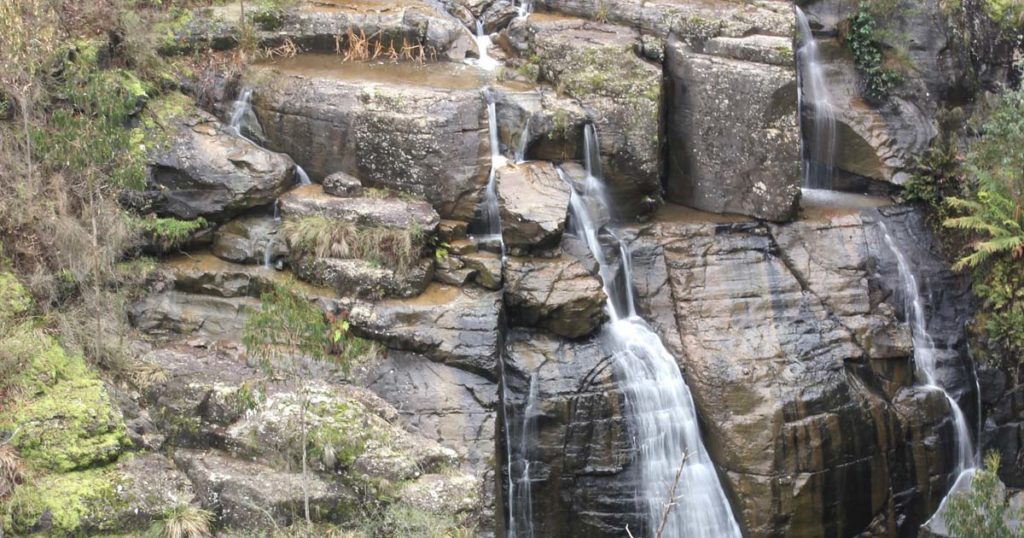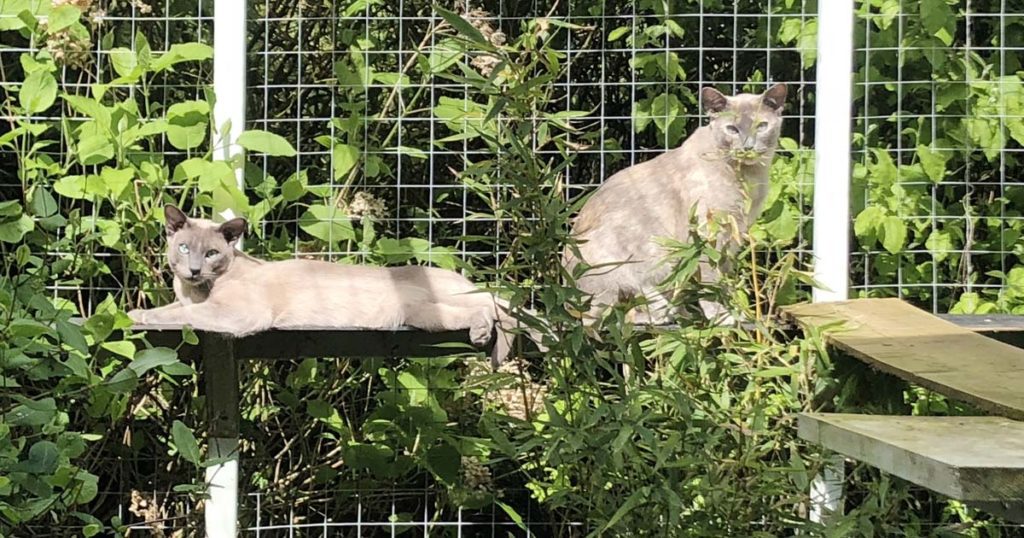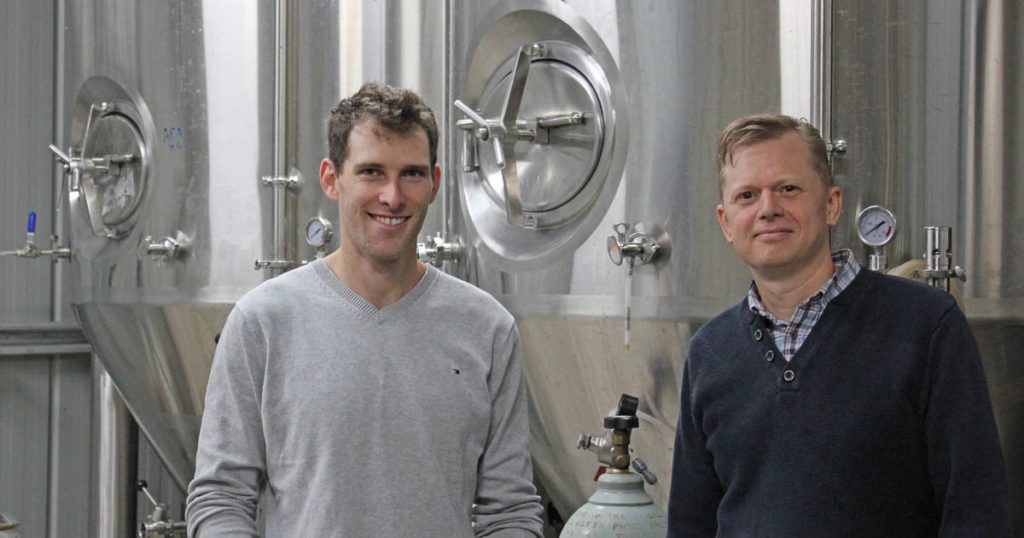8 MINUTE READ
Planting trees back into cleared land can transform landscapes, bringing benefits to both landholders and the environment. However, successful tree growing involves much more than just plonking some native seedlings in the ground. So this autumn, the Spring Creek Home Creek Landcare group and Murrindindi Climate Network are bringing the Australian Agroforestry Foundation’s Master TreeGrower program to the Murrindindi Shire.
The eight-day course will run over six weekends between March 12 and May 8 and aims to equip participants with the knowledge to attain their personal tree-growing goals. Rowan Reid, who developed the course and first ran it in 1996, says it’s all about working with landholders rather than telling them what they should be doing.
“The course does not promote any particular tree species or type of growing or purpose of growing. All we’re trying to do is provide education, guidance, and network support for landholders who want to grow trees to achieve whatever objectives they have,” Rowan says.
“On the first day of the course, I do an exercise to explore what farmers’ motivations might be and, invariably, landholders have four particular things that they might be interested in. The first is the conservation benefits of trees, which we’re all very aware of because of the success of Landcare. Then there are the shelter and agricultural benefits of trees, which are particularly important now with increasing concerns about climate change and bushfires. The role of trees in ameliorating some of those risks is really important.
“And then there are the potential products. This is new to a lot of landholders, we show them what the products might be, which could be timber or native food production or seeds or flowers or oils, or whatever might be of potential interest within that particular area. And the final one, which is sort of the most interesting one for me, is the aesthetics. Landholders want to improve the property and pass it on to the next generation in better condition. They want to make it a more attractive place to live.”
The program will include sessions run by different experts and industry leaders, covering topics such as the role of trees on farms, plantation management, and growing for the market. Participants will also visit local tree farms and some in the Otways, including Rowan’s farm in Bambra.
“We’ve got 50 or so different species, mostly grown for specialty timbers. We grow timbers that might take 60 to 80 years to grow, and we grow stuff that’s obviously a lot faster. We also graze sheep on the property. I’m very interested in the aesthetics too. And now we’re milling and drying our own timber, which is a great learning experience – we’re building a house with it and selling some to furniture makers,” Rowan says of his property.
“I’m interested in showing how exciting forestry is. There are thousands of different species, and you can grow them in different ways. You don’t have to follow conventional forestry – you can do whatever you like,” he adds.
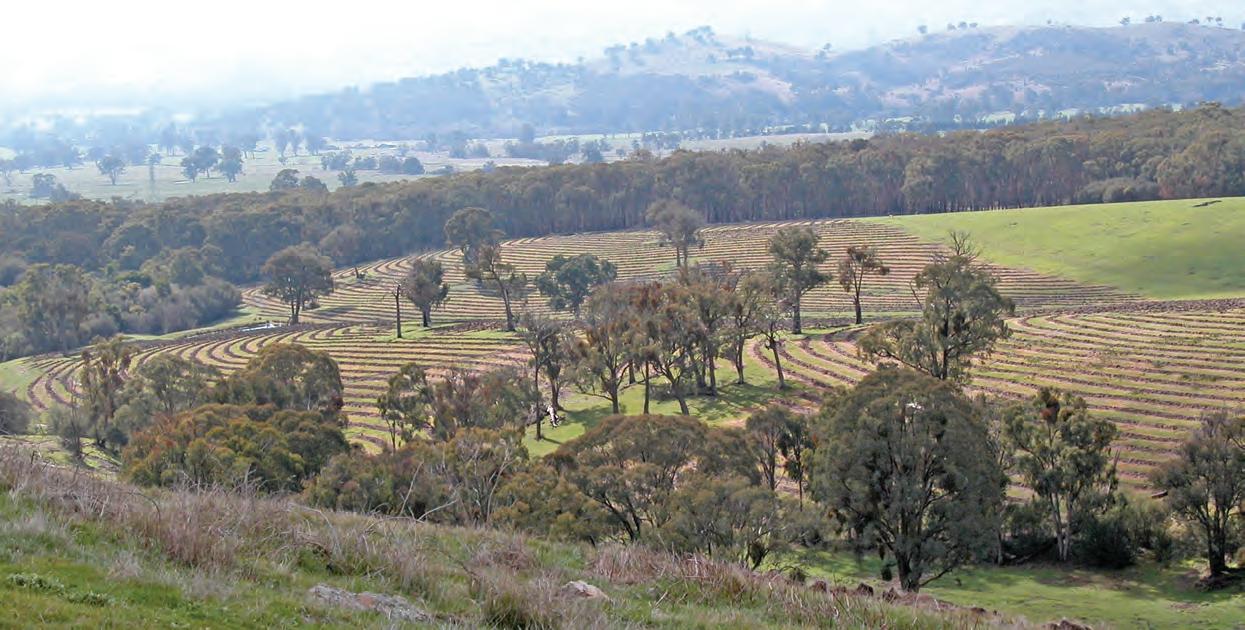
Rita Seethaler, who is coordinating this autumn’s local Master TreeGrower program, was certainly inspired by the possibilities when she completed the program in 2005. She and her husband, Tony Richardson, went on to establish two tree farms. Rita says they learned a great deal through the hands-on aspects of the program.
“Between 50 metres or so the conditions may be completely different in terms of soil composition, geology, inclination, orientation (is it north-facing, is it south-facing, etc.) and climatic conditions like rainfall, radiation etc. and hence you need to work with different species. So you can’t just say, ‘Sydney blue gum will do me.’ You really need to learn which species is suitable for which location, and you need to learn where to get specialist help,” she says.
“You learn how to integrate a tree farm in your whole farm plan. You can organise your farm trees as a rotational crop that you eventually harvest in a clever way together with revegetation that you don’t harvest, which has a really important role in your farm as well. Your revegetation can really be helpful for erosion control, and it has biodiversity value, especially the understory. Furthermore, it is critical to keep all the remnant paddock trees and organize your farm forestry around them. There are lots of positive spillover effects. If you do it the right way, you can have lots of different pursuits on your farm and they all mutually enhance each other. That’s when ecology and economics are not pitched against each other.”
Rita says she and Tony were motivated to undertake the program primarily because they felt that it would be good for carbon sequestration, creating me tree cover, and as contributor to their self-managed superannuation fund. However, there are many additional reasons people may want to learn how to grow trees.
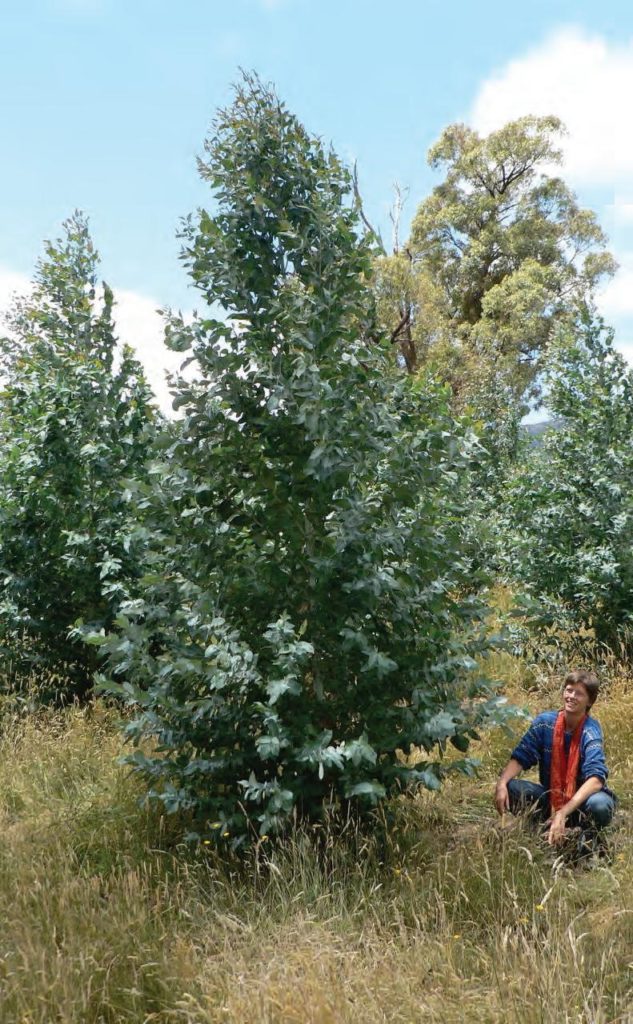
“Others who came to the course were longstanding farmers – for example, beef production – but who had never worked with farm trees. We had some who had put in trees, but it was a failure because they didn’t know about proper silviculture and maintenance of their tree farm, so they came to find out what had gone wrong. Then there were tree-changers who had bought some land, but the land was bare – just a paddock with some blackberries. There were also young people who were already working in ag services and thought maybe there was some work in it for them. It’s really very varied who it is interesting for,” Rita says.
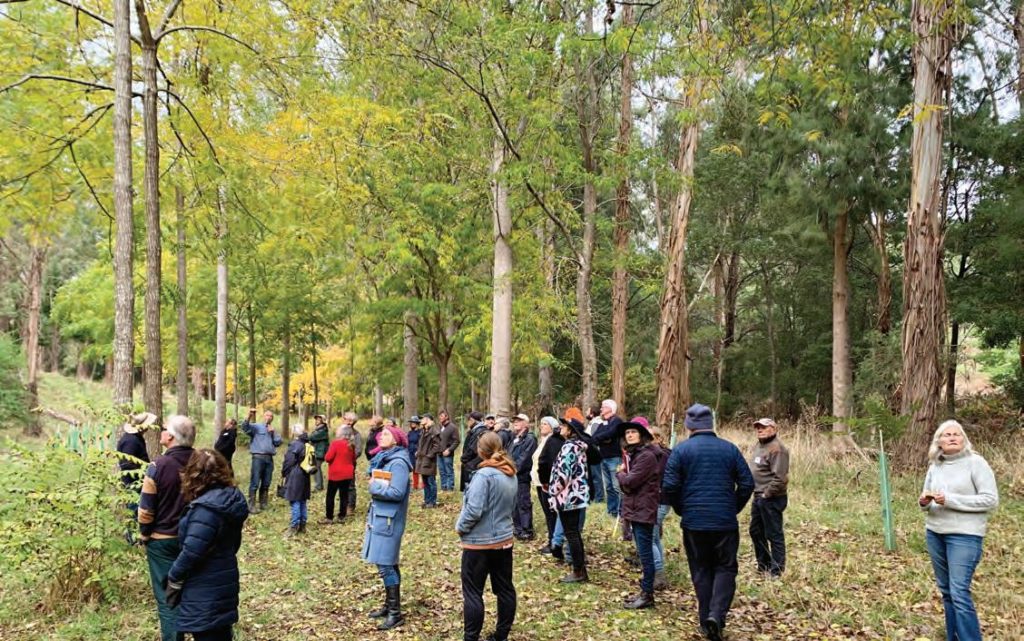
Rowan says the course encourages collaborative learning, with participants contributing their knowledge and experience rather than just being passive recipients of the information. Participant interactions and the communities of farm foresters that develop from Master TreeGrower programs can lead to long-term, widespread change.
“In our area in the Otways, what we’ll be showing the participants is that as a community, we have a peer mentoring service that came out of our Master TreeGrower programs, and we actually use public money to pay farmers to talk to other farmers about their tree-growing activities and provide mentoring over time. We’re very proud, you drive through our community and hundreds of farmers plant trees for many different reasons and the landscape has changed.”
In a region like the Murrindindi Shire and the Upper Goulburn catchment where land has been extensively cleared since settler arrivals, Rowan says that giving landholders the confidence to grow trees and enabling them to support one another can have a transformative effect.
“We’ve been running this program now for 25 years, and where it has been successful it’s quite a different landscape mentality in terms of tree growing to areas where they continue to have big grant programs and government run conservation and timber-production initiatives and nothing really takes off. That’s my view, and that’s why I continue to be enthusiastic about the approach we take,” he says. “The impact can be dramatic.”
This autumn’s Master TreeGrower Program is supported by the Goulburn Broken Catchment Management Authority through funding from the Australian Government’s National Landcare Program and the Murrindindi Shire. For more information on this program go to murrindindiclimatenetwork.org
For general information on the Master TreeGrower program go to agroforestry.org.au
